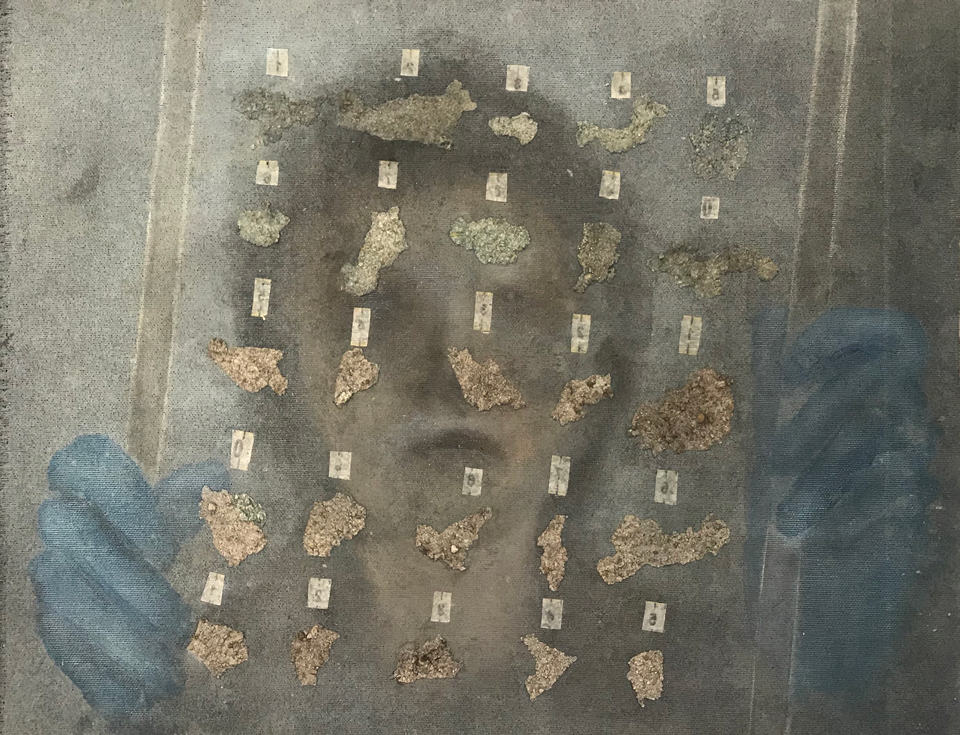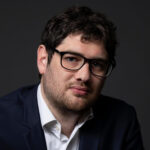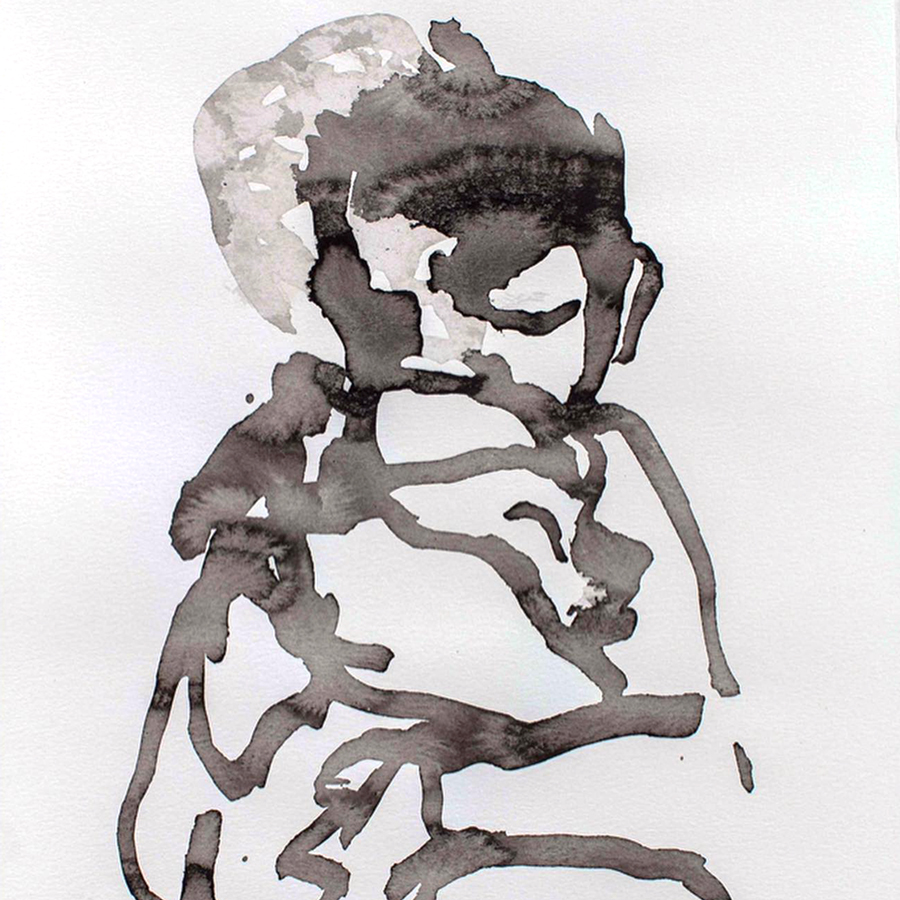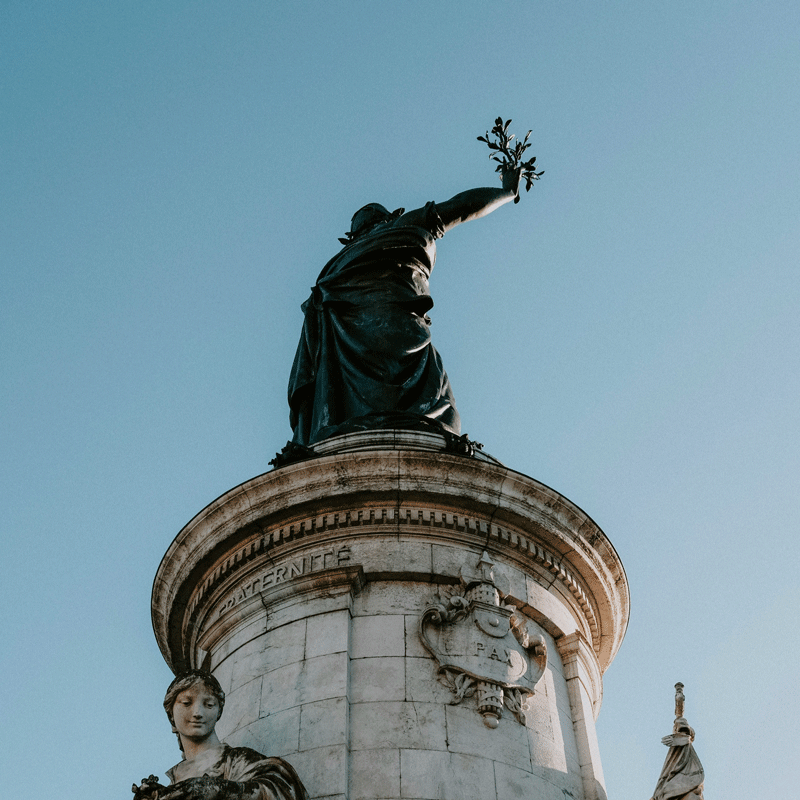
http://lihi-turjeman.com
INTERVIEW WITH Rudy Reichstadt
Founder of Conspiracy Watch
Let’s first define the terms: what is conspiracism—what in French we call conspirationnisme or complotisme?
These two words entered the dictionary in French in 2011 and 2016 respectively. In reality, conspirationnisme has been in use since the 1980s. The term théorie du complot is older ; it was first used in the 1900s. The English equivalent, “conspiracy theory,” is even older still, having been documented at the end of the 1860s. In fact, Karl Popper used it in his book The Open Society and Its Enemies, published in 1945. So, contrary to what you might read on the internet, the expression “conspiracy theory” was not invented by the CIA to discredit those who were, as they say, “just asking questions.” Now, there are almost as many definitions of these terms as there are people who use them. Conspiracism describes the attitude of wrongly attributing the cause of an event or a fact to a conspiracy, a secret plot. In French, we use two words—conspiration and complot. The two are synonymous. But when you’re talking about a conspiration, it puts the emphasis on the existence of hidden connections, of collusion between the different parties involved in the suspected scheme, while complot puts the emphasis on the secret plot itself, the aim of the operation, which is generally limited in time and space.
So what exactly is a conspiracy?
A conspiracy is a secret arrangement among a group of individuals to commit a nefarious act. History is full of examples. And many conspiracy theories are the result of manipulative acts that themselves resemble conspiracies : The Protocols of the Sages of Zion was written in secret with the ulterior motive of deceiving the public. This is an example of authentic manipulation marked by explicit prejudice against its target, in this case Jews. Similarly, the Dreyfus affair, or more precisely the trial that convicted Captain Dreyfus based on a forged document, can be considered an example of vilest manipulation. History is filled with conspiracies, but that’s not all. More importantly, it’s filled with extravagant, erroneous, dangerous and unfounded beliefs that have pushed men to act, sometimes with disastrous consequences. That’s what we must not lose sight of : conspiracy theories leave victims in their wake.
In the Jewish tradition, at Purim, we talk about Esther and her uncle Mordecai. Esther pretends to be someone else in order to become the king’s wife and to prevent the massacre of the Jews. Is this a conspiracy?
It’s a plot, yes, but it’s one that’s done to foil another. Esther thwarts a conspiracy with a counter‐conspiracy that leads to the execution of Haman and his sons. But the point here is that not every secret and concerted act is necessarily a conspiracy. For example, there is nothing wrong with secretly planning a surprise birthday party for someone close to you—far from it. Speaking of “conspiracy” in this context means speaking metaphorically.
And what is “fake news”?
It means false information—false in the sense of “manufactured”—that is circulated in order to deceive. So it’s a term that should be reserved for content that deliberately misleads the public. Fake news is not false information of a satirical nature, nor is it simple error, nor an opinion, however questionable—and it is very tempting to accuse those who think differently than we do of spreading fake news. The difference is whether there is an intention to deceive.
Now that we’ve covered these terms, let’s get to the one at the heart of it all. What is a “conspiracy theory”?
A conspiracy theory meets three conditions. First, whether it’s expressed explicitly or not, it is always an accusation—and not just any accusation, but an accusation of conspiracy. And it’s a slanderous accusation in the sense that it’s unproven (the second condition). Finally, because “absence of evidence is not evidence of absence,” as the saying goes, there is a third condition : a conspiracy theory is not just an unproven accusation, it’s also a pointless claim in the sense that it fails the “Occam’s Razor test,” a mental hygiene principle which says you should always choose the most prudent hypothesis, the most economical.
In other words, the problem with a conspiracy theory isn’t that it’s talking about conspiracies. The problem is that it’s a bad theory. To echo epistemologist Imre Lakatos, we might refer to it as a “degenerative research programme.” The more you test a conspiracy theory, the more you push it to its logical limits, and the more you realize just how implausible it is in comparison to competing theories.
Living in the 21st century, in a world that’s seen Cartesianism and the philosophy of the Enlightenment, the questioning of religion and the emancipation of the individual, why should I be called a conspiracist if I question something?
In reality, no one claims that—that’s the great misunderstanding. The only ones who complain about “not having the right to doubt” are the conspiracists, their cronies and their useful idiots. What those who criticize conspiracism, like I do, are saying is that we shouldn’t confuse doubt with suspicion, which is a kind of doubt that’s misplaced, targeted, based on illegitimate prejudices. What conspiracism expresses is not provisional doubt but definitive, obstinate certitude disguised as scepticism. There’s a whole narrative of justification that accompanies conspiracism and involves dressing it up as critical thinking.
What I am claiming is that this posture is a sham. In the name of the “methodical doubt” so dear to Descartes, conspiracists promote what is, in reality, dogmatic suspicion. Consider what happened with the American presidential election, for example : Trump’s conspiracist supporters insisted for weeks that he was about to take control of the situation, and that the assault on the Capitol was staged by Antifa, as was Joe Biden’s inauguration. And the most important thing was to trust in the extraordinarily sophisticated “Plan” that Trump had put in place. All they had to do was wait and keep the faith. The diehards among them were predicting Donald Trump would return even as recently as 4 March, before shifting the date to 20 March. One after the other, all these prophecies have collided violently with reality. I fail to see why this should be taken as an exercise in critical thinking.
At the outset, conspiracy involves malicious intent, or at any rate one that’s prejudicial to certain groups. In this scenario, the conspirator knows he is lying or acting in bad faith. At what point does he switch and end up believing in it himself? At what point does a Holocaust denier, who starts out pursuing his own political agenda, end up believing the false claims he makes? Where does this belief come from, which is so strong it can push someone to break a taboo such as attacking the symbol of the Republic of the United States, or even to leave their life on Capitol Hill?
This is where we get into mob psychology. Crowds, as Gustave Le Bon explains it, for example, have their own personality, and it is different than the sum of the individuals within it. Meaning that the individuals in the crowd are persuaded to commit acts that they would never have committed alone, of their own initiative. Simultaneously, individual responsibility is diluted, and there is a conviction in the moment of being one small part of something greater than themselves. A number of the behaviours seen during the attack on the Capitol must be seen in this light.
Now, do conspiracy theorists believe their own claptrap ? Some of them probably end up believing they believe, which comes to the same thing. For others, like Faurisson, it seems quite clear that he knew he was lying. And this was confirmed by the ruling of the French courts in 2017 that it was not defamation to call him a “professional liar,” a “falsifier,” and a “forger of history.” In fact, there is an irreducible element of falsification in Holocaust denialism : deniers simply cannot be acting in good faith when claiming to have conducted rigorous and objective research. You can be wrong, of course, but when you’re wrong systematically, for decades, at the expense of one group (the Jews) and in favour of others (the Nazis), it’s no longer an error committed in good faith. Let’s not reverse the meaning of cause and effect. Faurisson didn’t become anti‐Semitic because he was a Holocaust denier. He became a Holocaust denier because he was profoundly consumed by anti‐Jewish passion. Denialism is just a last resort, a continuation of anti‐Semitism by different means, in an era where it’s become almost impossible to openly admit to being anti‐Semitic.
How do we go from scepticism that, all things considered, is reasonable and easily verified (whether they staged the moon landing in the middle of the Cold War) to deluded flights of fancy like the idea that there are lizard-people hiding among us and ruling over us, or that the Earth is flat?
We’re talking about a vision of the world, a global fantasy characterized by the overarching idea that we are being lied to. Each new conspiracy you buy into takes you one step further. You become more and more open to the next conspiracy, whatever it is. There’s a kind of addiction involved in conspiracy theory. In particular because the feeling of understanding the mysteries of the world, that eureka moment, sparks pleasure in the brain on top of the ego‐boost it provides. Suddenly the veil is torn away, and you can clearly see what you couldn’t before. Everything makes sense. And like any pleasure, you want to experience it again. No one becomes a flat‐Earther overnight. You have to go through other conspiracy theories first, which lay the groundwork ; in other words, they lead you little by little to accept the crazy idea that everything is a lie and conspiracy is everywhere.
I’ll add that conspiracy, to the conspiracy theorist, is constant, always ongoing, always brewing. Let’s take the example of the September 11attacks : conspiracy theorists object that those who don’t question the “official version” also believe in a conspiracy because they believe in a terrorist plot fomented by Al‐Qaeda. Which is true. But this objection calls for two in return. On one hand, believing that 9⁄11 was an American inside job is not a symmetrical proposition to the theory of a jihadist plot. The theory of the internal American conspiracy requires the existence of a plot of extraordinary sophistication—not only hijacking four planes but also masking the operation as a jihadist attack. Most importantly, the first conspiracy, which surrounds the event itself, must inevitably be backed by a conspiracy of silence that has been ongoing for nearly twenty years now. To put it another way, the theory of the American inside job, in addition to not being based on even a sliver of a shred of evidence, implies the existence of a permanent, active conspiracy preventing the truth from coming to light. Once you see the world in that way, you are naturally inclined to believe you must be being lied to about a whole host of other things. The arguments, however flimsy, that convinced you about 9⁄11 will convince you of the existence of other imaginary plots.
How can we explain this rise in conspiracism across cultural and geographic border—in what is probably the most transparent era in history, where almost everything is public and can be verified?
It’s possible that it’s due, paradoxically, to that very transparency. Knowledge and information have never been so easily accessible, and at the same time it’s as if this fosters a kind of perpetual suspicion. This is a real dilemma for democracy because there can be no democracy without pockets of non‐transparency, if only because modern democracy cannot exist without respect or privacy. A perfectly transparent society is a totalitarian fantasy.
Secondly, I would say that because of their complexity, modern, post‐industrial societies are becoming less and less clear and comprehensible. This undoubtedly causes a kind of vertigo and fosters nostalgia for simpler times. The strength of conspiracy theories lies precisely the fact that they offer a very Manichean take on reality. For all their apparent complexity, they single out a source of evil and construct a very binary narrative made up of victims and executioners, resistors and collaborators, people who have been awakened and those who are still asleep.
Conspiracism is a global phenomenon. QAnon, a movement that’s directly linked to American politics, crossed the Atlantic in spectacular fashion in 2020. A map of globalized conspiracism would probably mirror a map of Internet connections.
If we think of ideas as being largely determined by the material conditions of their transmission through space and time, it becomes clear that we would not be witnessing this escalation of conspiracism if it weren’t for high‐speed Internet and social media. If Gutenberg hadn’t invented the printing press, there would have been no Reformation. If YouTube hadn’t been invented, we wouldn’t have seen the emergence of flat‐Earthers. The trifecta of high‐speed internet/smartphones/social media represents a singular context in terms of technology and media. It provides conspiracy theories a historic opportunity by multiplying its methods of circulation, allowing the rapid formation of active minorities and algorithmically rewarding this kind of content. This is how this very old phenomenon, which has been with us throughout all of human history, is now being given new life by the Internet.
Interview by Antoine Strobel-Dahan
Visit Conspiracy Watch
www.conspiracywatch.info
Translated by Emma Roy




